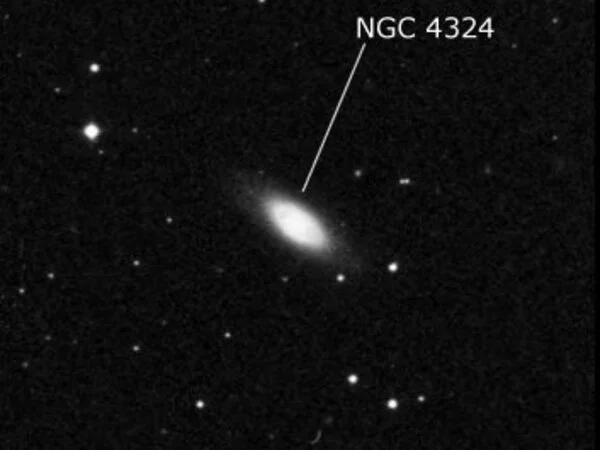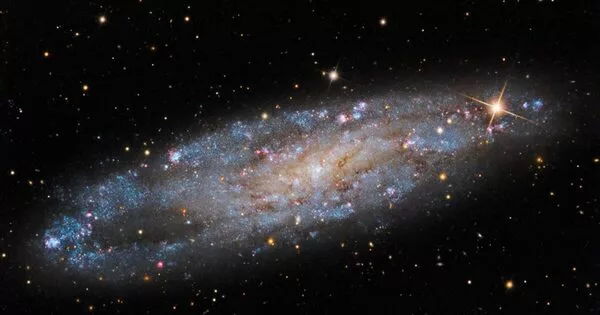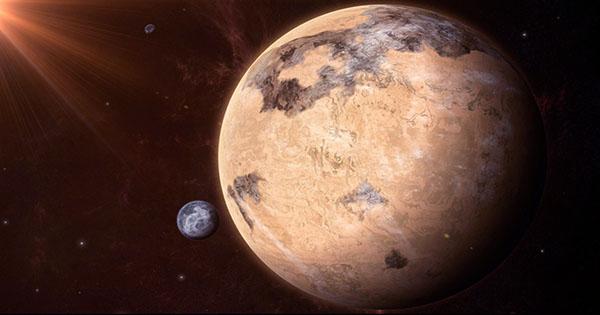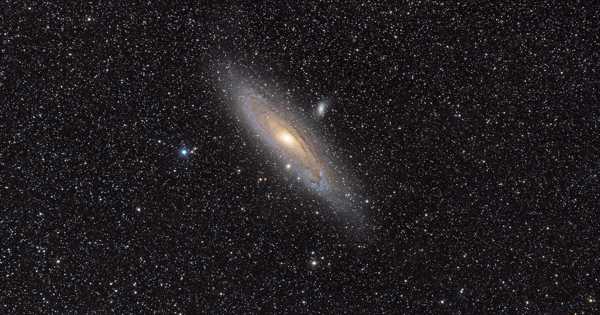NGC 4324 is a Lenticular Galaxy in the constellation Virgo. It is a lenticular galaxy located in the constellation Virgo about 85 million light-years away. It is close to the celestial equator and, as such, is visible from both hemispheres at different times of the year. On March 4, 1862, astronomer Heinrich d’Arrest discovered it.
The stellar mass of NGC 4324 is 5.62 × 1010 M☉, and the baryonic mass is 5.88 × 1010 M☉. The total mass of the galaxy is estimated to be 5.25 × 1011 M☉. NGC 4324 is distinguished by a ring of star formation surrounding its nucleus. It was considered a member of the Virgo II Groups until 1999, when its distance was recalculated and it was placed in the Virgo W Group.
Physical characteristics
Russian astronomer Kirill Ogorodnikov discovered it in 1957 and described it as “a system of planet-like concentrations similar to beads” and “equally-spaced bead-like concentrations of equal size and brightness similar to the annular nebula of the Kant-Lapace nebular hypothesis.”

The nucleus of NGC 4324 is surrounded by an inner ring. The ring appears complete but broken on opposite sides of its diameter, leading Burstein et al. to speculate that the ring is actually tightly wound spiral arms and that NGC 4324 is a misclassified spiral or lenticular galaxy. Despite this, the ring is considered genuine. The ring contains the majority of the molecular gas observed in NGC 4324, with approximately 1.7 × 109 M☉ of HI (neutral hydrogen) and 9 ×107 M☉ of HII (singly-ionised hydrogen). Despite this, Duprie et al. discovered HI in 1996 that extends approximately 2 optical diameters, indicating that atomic hydrogen is not only concentrated in the ring.
The ring is bright in ultraviolet light due to the presence of star formation, which occurs at an estimated rate of roughly 0.052 ± 0.021 M☉ per year, with star formation segregated in the ring. NGC 4324 has tightly wound spiral arms that are mostly defined by dust between the ring and the bulge. The gas in NGC 4324’s ring could have come from galaxies’ filaments or minor mergers with gas-rich satellite galaxies.
Activity
NGC 4324 is classified as a Seyfert Galaxy and a LINER galaxy. Despite being classified as a Seyfert galaxy, NGC 4324 has no delectable nuclear radio continuum emission lines, implying that the emission lines that led to its classification as a Seyfert come from stellar processes such as photoionization driven by supernova remnants and/or planetary nebulae, which can mimic the high-ionization nebular emission characteristic of the nuclei of other observed Seyfert Galaxies. Despite the fact that NGC 4324 is home to a supermassive black hole with an estimated mass of 2.187 × 106 M☉.
















